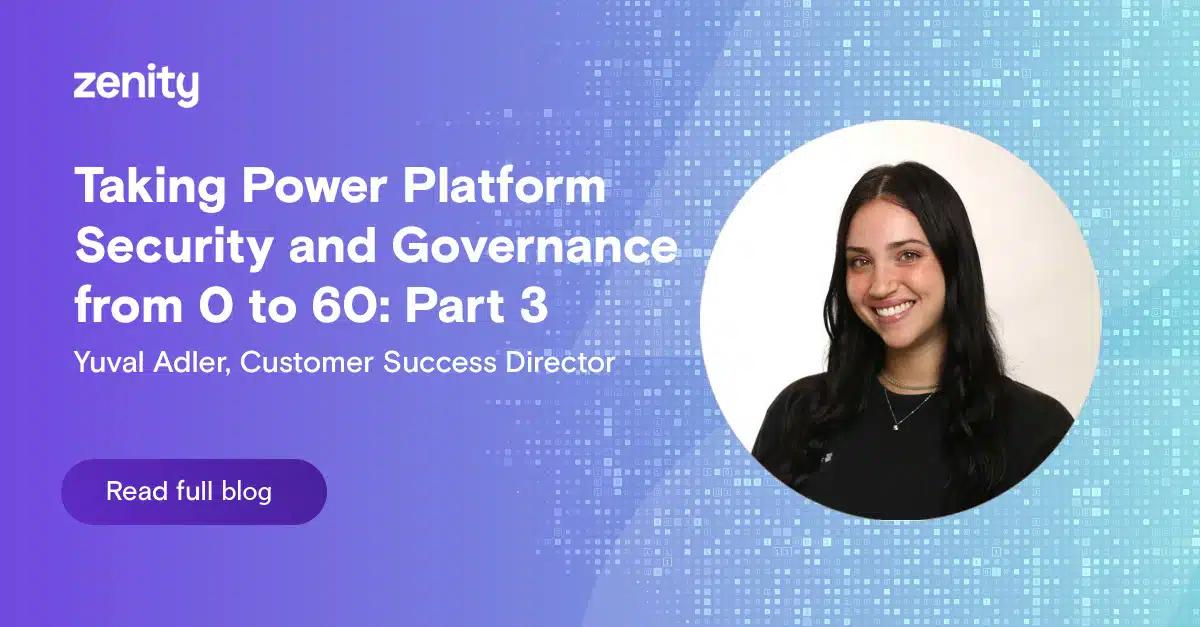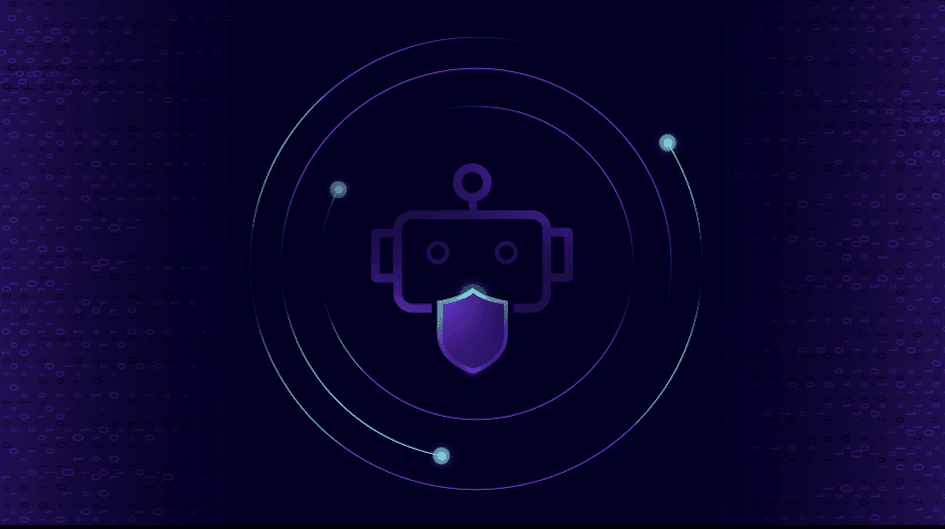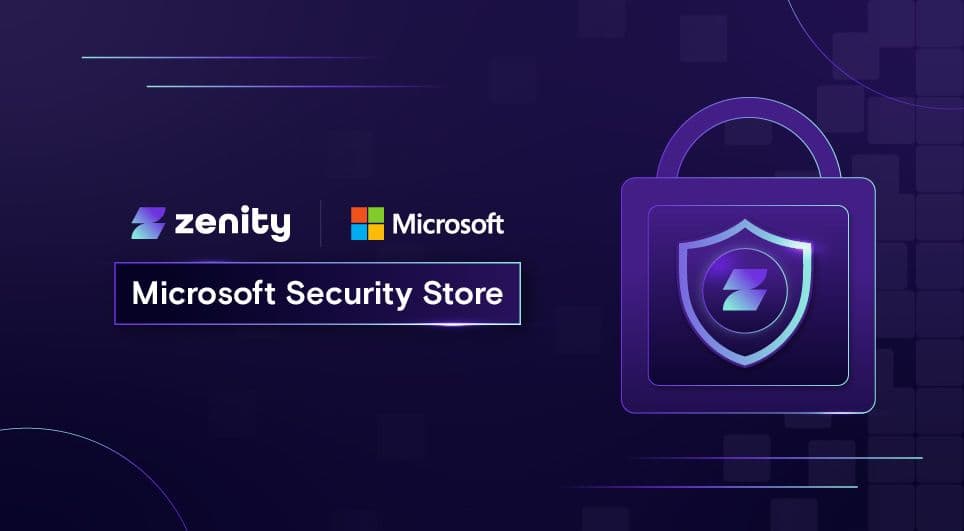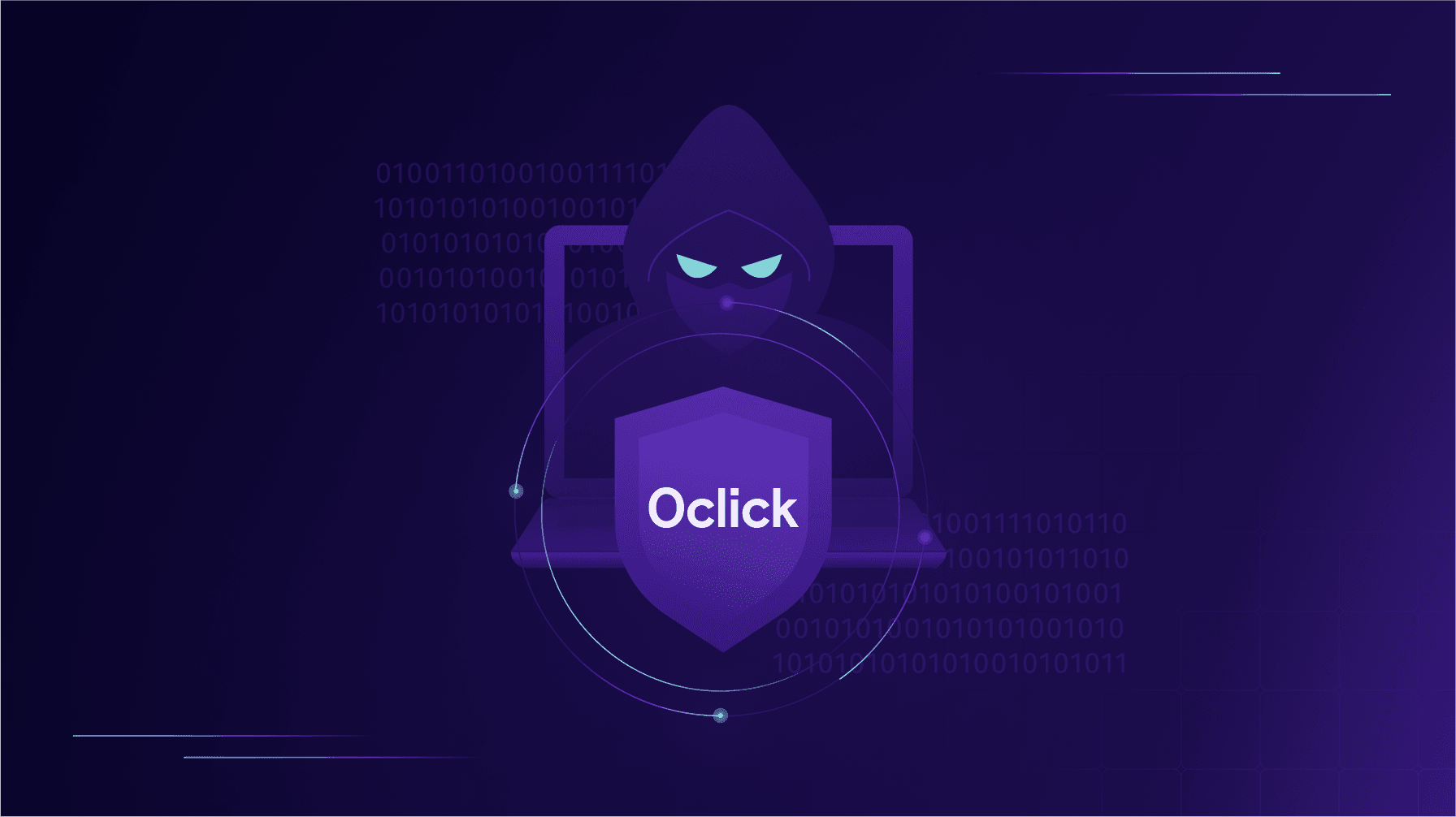Taking Power Platform Security and Governance from 0 to 60: Part 3

Welcome back to the final part of my blog series on taking Power Platform security and governance to the next level. In Part 2 (which you can read here), I dove into essential strategies for securing and governing Power Platform environments. Today, I’ll encourage everyone to push the envelope further by exploring advanced techniques to establish good hygiene for citizen development, maintain audit logs, implement automation playbooks, and provide ongoing education for builders and makers.
Establishing Good Hygiene for Citizen Development
Citizen development is at the heart of Power Platform’s democratizing mission, empowering non-developers and developers alike to create apps, automations, workflows, and more tailored to their needs. This democratization has only increased as Power Platform is injected with Microsoft Copilot, enabling any user to build apps and automations with simple text prompts. However, this empowerment comes with responsibilities; namely for security teams and Power Platform administrators. It’s crucial to identify resources that nobody is using or that nobody owns but still have access to sensitive data and other corporate resources. To do this effectively, consider:
- Regular Resource Reviews: Conduct periodic reviews of Power Platform resources to identify unused or orphaned apps, flows, or connectors. Establish clear ownership and take action accordingly to ensure no blind spots exist.
- Access Control: Ensure that sensitive data and resources are only accessible to authorized individuals. Utilize role-based access control (RBAC) to restrict access to specific environments and resources.
Create and Maintain Comprehensive Audit Logs
Undergoing audits, and to a finer degree, maintaining compliance is a cornerstone of governance. During an audit, security teams and Power Platform admins need to know what’s happening within your Power Platform environment at all times. This means knowing what resources are being created, who has access to what, what data is being sent where, and lots more. In order to level up security and governance for Power Platform, security leaders need to create and maintain detailed audit logs for every resource, capturing information such as:
- Creation and Modification: Record when resources were created or modified, who performed these actions, and what changes were made.
- 3rd Party Components and Libraries: Identify which resources have been built using outside components, which can be at the root of potential supply chain attacks.
- Usage Tracking: Monitor how resources are being used, what data they access, and whether any suspicious or non-compliant activities occur.
- Security Events: Track security-related events like login attempts, failed authentication, and successful breaches, if any.
Implement Automation Playbooks for Governance
Due to the magnitude, speed, and volume of which apps and automations are created within Power Platform, security teams need to find ways to automate responses to potential threats. While the Power Platform ecosystem offers automation capabilities that can enhance your governance efforts, these are geared towards the platform itself; not the individual apps and automations that are being built. Implementing playbooks can help automate repetitive tasks and enforce good governance practices on a business-logic level of individual apps. For instance:
- Risk Mitigation: Develop playbooks that automatically detect and disable risky data flows that send sensitive data outside of the corporate domain.
- Resource Cleanup: Create playbooks to identify and decommission unused or deprecated resources, reducing clutter and security risks.
Ongoing Education for Builders and Makers
With CoPilot now a part of Power Platform, users can build apps and automations using simple text prompts. This introduces a fantastic opportunity for ongoing education on building secure solutions. Consider the following steps:
- Training Workshops: Organize regular training sessions to educate builders and makers about secure development practices. Cover topics like data protection, authentication, and authorization.
- CoPilot Best Practices: Provide guidelines specifically tailored to using CoPilot, emphasizing the importance of secure design and adherence to governance policies.
- Community Engagement: Encourage knowledge sharing and collaboration within the Power Platform community. Foster a culture of learning and improvement.
As you advance your Power Platform security and governance journey, remember that it’s an evolving process. The landscape is constantly changing, with new features and challenges emerging. Stay proactive, adapt to the changing environment, and continuously refine your strategies to keep your organization’s data safe and compliant.
Thank you for joining us on this three-part series exploring the ins and outs of Power Platform security and governance. We hope you now have the knowledge and tools to take your organization’s citizen development to the next level while maintaining the highest standards of security and compliance. Stay tuned for more insights into the ever-evolving world of technology.
All ArticlesRelated blog posts

Demystifying AI Agent Security
Let me be the first to say it, this space - AI agent security and governance - can be confusing. When I joined...

Zenity Joins the Microsoft Security Store: Securing AI Agents Everywhere, Together
We’re thrilled to share that Zenity is included in the unveiling of the Microsoft Security Store Partner Ecosystem....

0Click Attacks: When TTPs Resurface Across Platforms
If there’s one lesson security teams should take from recent disclosures, it’s this: AI agent attack techniques...
Secure Your Agents
We’d love to chat with you about how your team can secure and govern AI Agents everywhere.
Get a Demo